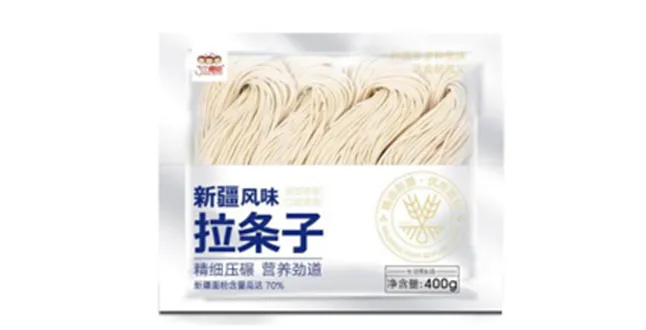the handpulled noodle
The Tradition and Art of Hand-Pulled Noodles
Hand-pulled noodles, known as lamian in Mandarin, are a cherished staple in Chinese cuisine, steeped in tradition and craftsmanship. This unique method of noodle-making is not just food preparation but an art form that embodies the rich cultural heritage of China. The beauty of hand-pulled noodles lies in their texture and flavor, which are unrivaled by machine-made counterparts.
The history of hand-pulled noodles dates back centuries, with their origins traced to the northwestern regions of China, such as Lanzhou in Gansu province. Historical records suggest that the technique was developed during the Tang Dynasty (618–907 AD), although variations of hand-pulled noodles can be found in other regions as well. Over time, they have evolved into different styles, each reflecting the local tastes and culinary practices.
The Tradition and Art of Hand-Pulled Noodles
Once the dough has matured, the fun begins. Chefs often begin by dividing the dough into smaller pieces, which are rolled into strips. Using a series of deft motions, the chef alternates between pulling and folding the dough, gradually elongating it into thin strands. This process is not only about technique; it requires an intuitive understanding of the dough’s texture and elasticity. The ritual has the elegance of a dance, with each movement precise and intentional. Traditionally, this is performed in front of guests, showcasing the chef’s skill while enhancing the dining experience.
the handpulled noodle

The result is a noodle that is both chewy and tender, with an elastic texture that holds sauces and soups beautifully. Hand-pulled noodles can be served in a variety of ways, from hearty bowls of beef noodle soup to stir-fried dishes that highlight the noodles’ flexibility. Each dish typically incorporates a combination of flavorful broths, fresh vegetables, and aromatic spices, making for a satisfying meal that warms the soul.
In recent years, the popularity of hand-pulled noodles has spread beyond China, finding a place in global cuisine. Restaurants dedicated to this craft have emerged in many countries, introducing diners to the authenticity of this culinary art. Food enthusiasts are drawn not only to the delicious flavors but also to the experience of watching the noodles being made fresh, right before their eyes. It has become a symbol of cultural exchange, inviting people to appreciate the craftsmanship that goes into each bowl.
The relevance of hand-pulled noodles extends beyond their culinary appeal. They represent a connection to tradition and history in a rapidly changing world. Many families pass down the noodle-making technique from generation to generation, preserving their heritage while adapting to modern tastes. It serves as a reminder of the importance of patience, dedication, and the joy of making food from scratch.
In conclusion, hand-pulled noodles encapsulate the heart of Chinese cuisine through their history, craftsmanship, and flavor. They tell a story of tradition, family, and artistry that resonates with food lovers around the world. Whether enjoyed in a bustling market in Lanzhou or a cozy restaurant halfway across the globe, hand-pulled noodles continue to bring people together, fostering a shared appreciation for the culinary arts. As we savor each bite, we celebrate not only the flavors but also the timeless legacy of this extraordinary dish.
-
Unleash Your Inner Chef with Delectable Italian Pasta CreationsNewsAug.01,2025
-
Savor Health and Flavor: Irresistible Soba Noodles for Sale Await!NewsAug.01,2025
-
Nourish Your Body with Premium Organic Ramen - A Culinary Delight AwaitsNewsAug.01,2025
-
Elevate Your Dishes with Our Exquisite Kinds of Egg NoodlesNewsAug.01,2025
-
Dive into Flavorful Convenience with Our Ramen OfferingsNewsAug.01,2025
-
Discover Exquisite Types of Naengmyeon and Chilled Soba NoodlesNewsAug.01,2025
-
Is Whole Wheat Pasta Healthy?NewsMay.30,2025
Browse qua the following product new the we

















































































































